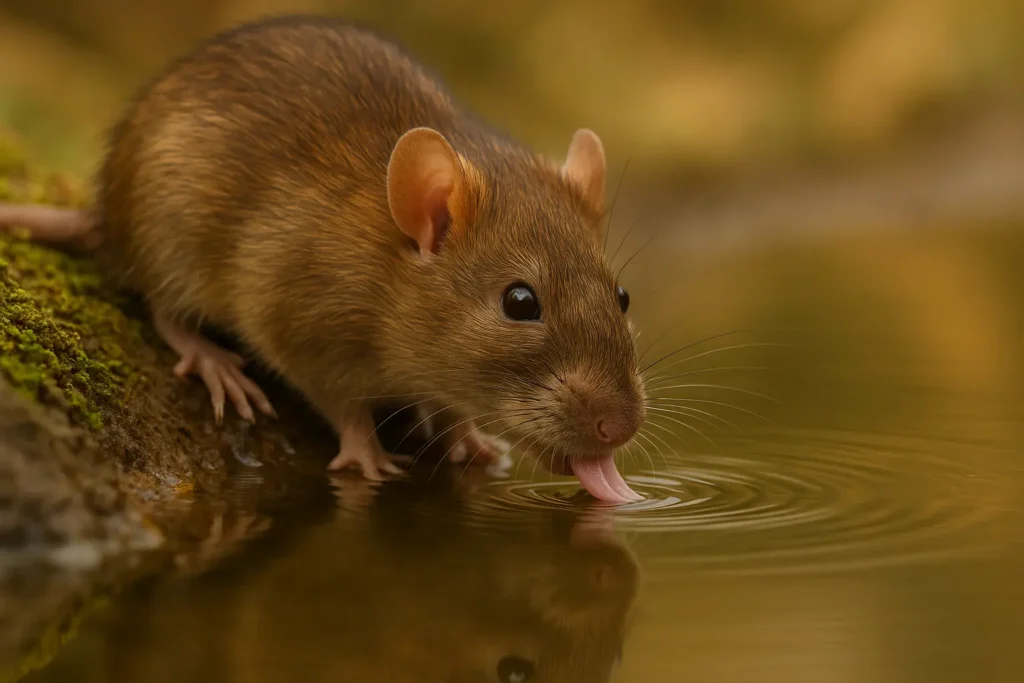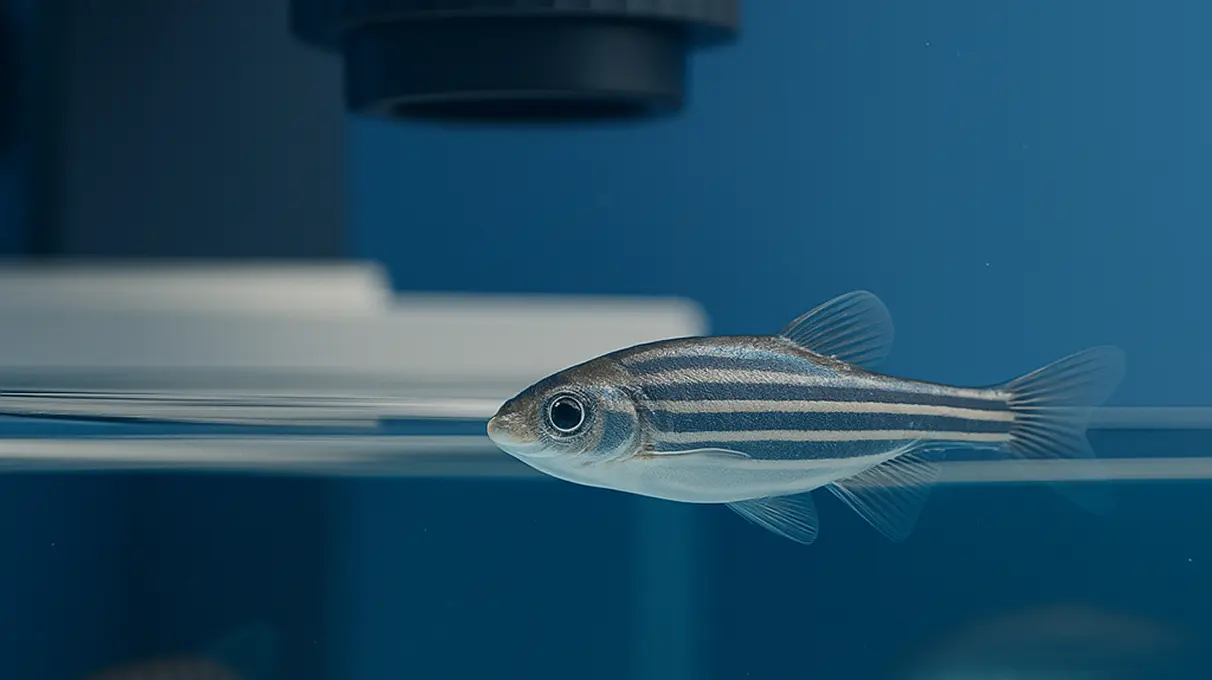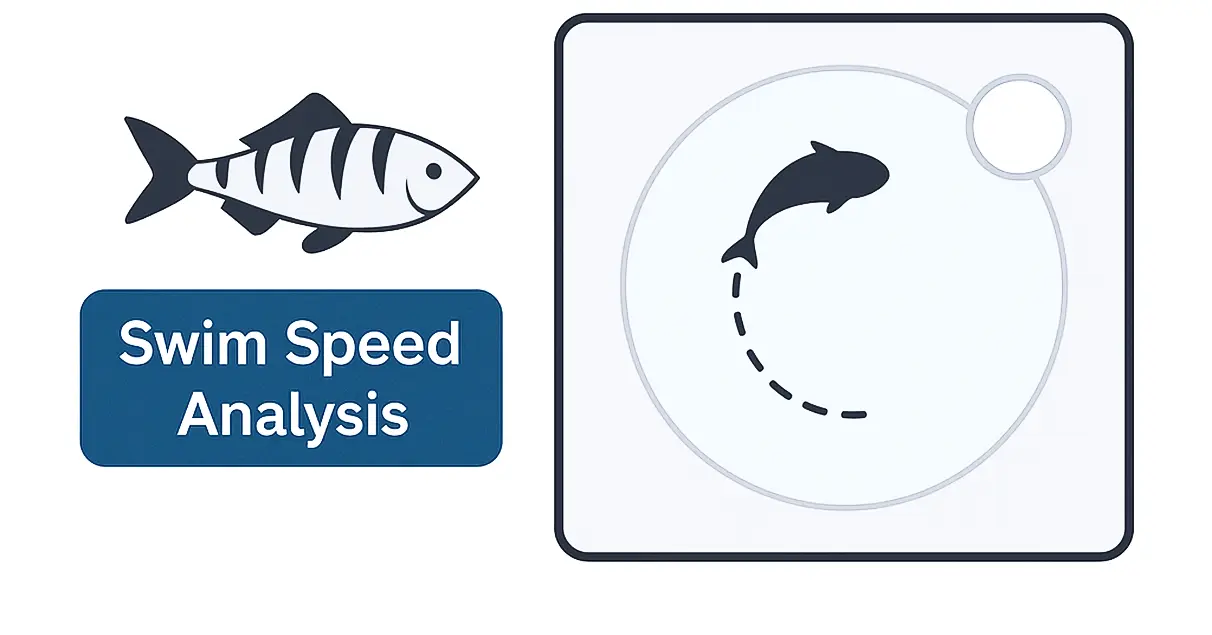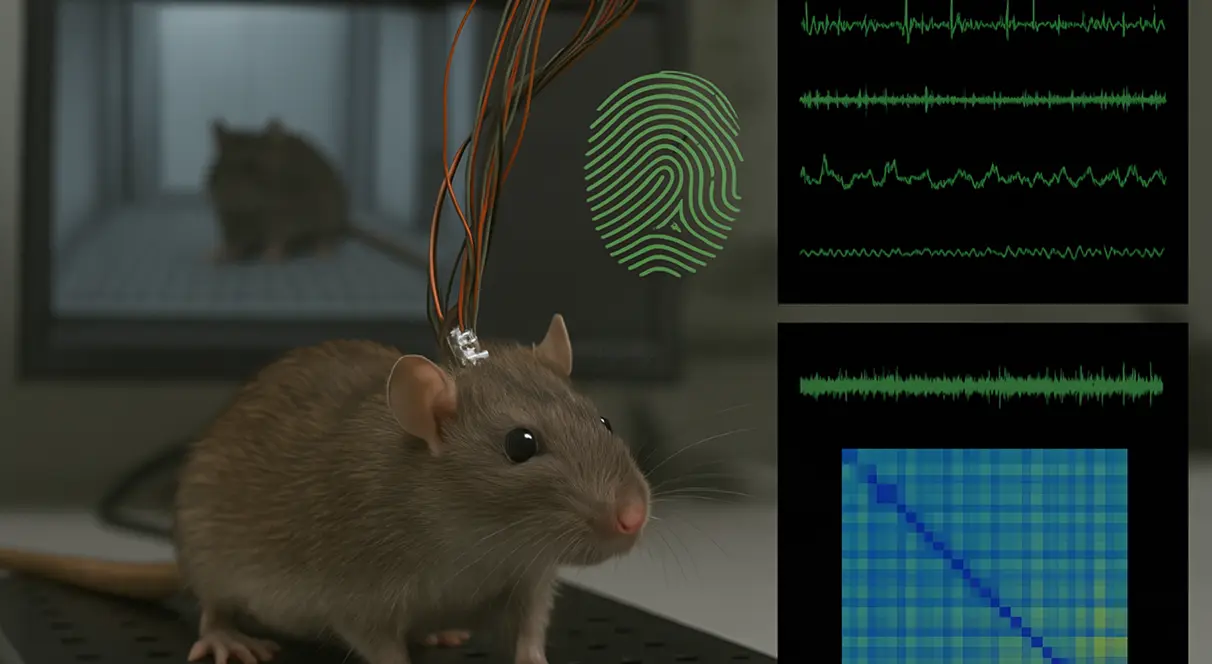
Sniffing is one of the most fundamental and highly specialized behaviors in rodents, playing a critical role in their sensory perception, exploration, social interactions, and survival. As primarily olfactory animals, rodents rely on their acute sense of smell to navigate their environment, identify food, recognize conspecifics, and detect predators. Unlike many other animals that depend heavily on vision or hearing, rodents are highly dependent on their sense of smell, making sniffing one of their primary means of gathering information.
Sniffing is not just a passive process of inhaling air. It is an active, rhythmic behavior that allows rodents to detect, identify, and analyze a wide range of odorants in their environment. By adjusting their sniffing frequency and intensity, rodents can control the flow of air into their nasal cavities, optimizing odor detection. For example, fast, repetitive sniffing is used during exploration or when encountering a novel scent, while slow, deliberate sniffing is used for close examination of specific objects or social partners.
Sniffing also serves as a vital means of social communication in rodents. During social interactions, rodents engage in social sniffing, including nose-to-nose sniffing, flank sniffing, and anogenital sniffing. These behaviors provide essential information about the identity, reproductive status, social rank, and health of conspecifics. In group-housed rodents, social sniffing is a critical aspect of maintaining social bonds and establishing hierarchies.
From a survival perspective, sniffing allows rodents to detect predators, identify safe or toxic foods, and navigate complex environments. Defensive sniffing is used to cautiously investigate potential threats, while investigative sniffing helps rodents explore new objects or territories. For prey species like rodents, the ability to detect predator odors through sniffing can mean the difference between life and death.
Sniffing is also a powerful model for studying sensory processing in neuroscience. The rhythmic nature of sniffing is closely linked to the activation of neural circuits in the olfactory system, including the olfactory epithelium, olfactory bulb, and olfactory cortex. These regions process odor information and integrate it with emotional and memory-related regions of the brain, such as the amygdala and hippocampus. By studying sniffing behavior in rodents, researchers can gain insights into how the brain processes sensory information, how it forms odor-related memories, and how it responds to sensory stimuli.
This article provides a comprehensive overview of sniffing behavior in rodents, covering the neural, genetic, environmental, and experimental aspects that influence this essential behavior. It also explores how sniffing behavior is used to study sensory processing disorders, olfactory deficits, and neurodegenerative diseases. Advanced techniques for studying sniffing behavior are also discussed, providing researchers with the tools they need to analyze this critical sensory behavior.
Sniffing is a critical aspect of rodent behavior, as it allows these animals to gather olfactory information about their surroundings. Unlike many other animals that primarily rely on vision or hearing, rodents are highly dependent on their sense of smell for survival. Sniffing enables rodents to detect food, avoid predators, recognize social partners, and mark territorial boundaries. From a scientific perspective, studying sniffing behavior provides insights into how the olfactory system processes sensory information, how the brain integrates olfactory and behavioral cues, and how neurological disorders can affect sensory perception.
Sniffing behavior is also a valuable model for studying sensory processing disorders, olfactory deficits, and neurodegenerative diseases. Researchers use rodent models to explore how genetic mutations, environmental factors, and pharmacological agents affect olfactory function. For example, changes in sniffing behavior may indicate olfactory dysfunction in models of Alzheimer’s disease, Parkinson’s disease, or autism spectrum disorder (ASD).
Exploratory sniffing is characterized by rapid, rhythmic sniffing movements as rodents investigate their environment. This type of sniffing is most commonly observed when rodents encounter a novel object, explore an open field, or navigate a maze. Exploratory sniffing allows rodents to gather olfactory information about new stimuli.
Social sniffing occurs during interactions between rodents, including nose-to-nose sniffing, flank sniffing, and anogenital sniffing. Social sniffing is used to establish social hierarchies, recognize familiar individuals, and assess reproductive status. In group-housed rodents, social sniffing is a common part of social interactions.
Defensive sniffing is a cautious and selective form of sniffing used to detect potential threats. Rodents may engage in defensive sniffing when exposed to predator odors or unfamiliar objects. This type of sniffing is often characterized by brief, shallow sniffs.
Investigative sniffing is a focused form of sniffing used to closely examine specific objects or scents. This behavior is often seen when rodents encounter a food source, a new scent mark, or a novel object. Investigative sniffing is typically slower and more deliberate than exploratory sniffing.
Sniffing behavior is a valuable model for studying sensory processing disorders in rodents. Changes in sniffing frequency, duration, or pattern can indicate sensory deficits, including olfactory dysfunction. For example:
Huntington’s Disease Models: Rodents with Huntington’s disease may exhibit impaired sniffing behavior, including reduced exploratory sniffing and difficulty distinguishing between odors.

Sniffing behavior in rodents is primarily regulated by the olfactory system, which consists of the olfactory epithelium, olfactory bulb, and olfactory cortex. Odor molecules enter the nasal cavity during sniffing and bind to olfactory receptors on the olfactory epithelium. These receptors transmit signals to the olfactory bulb, where sensory information is processed and relayed to the olfactory cortex for higher-order processing.
The olfactory system is closely connected to the limbic system, including the amygdala and hippocampus, which are involved in emotional processing and memory formation. This connection allows rodents to form associations between specific odors and emotional experiences. Additionally, the trigeminal nerve, which is responsible for detecting chemical irritants, plays a role in defensive sniffing.
Genetic factors play a critical role in determining sniffing behavior in rodents. Different rodent strains exhibit varying sniffing patterns due to genetic differences in olfactory receptor expression, neural circuitry, and sensory processing. These genetic differences influence how rodents perceive, process, and respond to odors, making genetic research an essential aspect of understanding sniffing behavior.
Rodents possess a large and diverse family of olfactory receptor (OR) genes, each encoding a receptor protein capable of detecting specific odor molecules. The number and diversity of these receptor genes can vary between rodent strains, leading to differences in olfactory sensitivity and sniffing behavior. For example, strains of mice with a higher number of functional OR genes may exhibit more robust sniffing behavior when exposed to complex odor mixtures.
Genetic mutations that disrupt olfactory receptor genes or olfactory signal transduction pathways can significantly impact sniffing behavior. For example:
Transgenic rodent models of neurological disorders often exhibit altered sniffing behavior due to changes in neural circuitry and sensory processing. For example:
Genetic mutations that affect the development and connectivity of olfactory neurons can alter sniffing behavior. For example:
Rodents can actively modulate their sniffing frequency depending on their motivation and sensory environment. Genetic mutations that affect neurotransmitter systems, such as dopamine, serotonin, or acetylcholine, can alter sniffing behavior by changing the rodent’s motivation or sensory processing capabilities. For example:
Even in the absence of specific genetic mutations, different rodent strains exhibit distinct sniffing behaviors due to inherited genetic traits. For example:
Understanding the genetic factors that influence sniffing behavior is critical for developing rodent models of sensory processing disorders, studying the genetic basis of olfactory function, and exploring potential genetic therapies for olfactory deficits.
High-speed video tracking systems allow researchers to monitor sniffing behavior in rodents with high temporal resolution. These systems capture the rapid, rhythmic movements of the rodent’s nose, providing precise measurements of sniffing frequency and duration.
Olfactometry is used to deliver precise concentrations of odorants to rodents during behavioral tests. Researchers can control odor intensity, duration, and presentation, allowing for detailed analysis of sniffing responses.
Electrophysiological recordings from the olfactory bulb or cortex allow researchers to measure neural responses to odors in real time. This technique is used to study how odor information is processed in the brain.
Optogenetics allows researchers to selectively activate or inhibit specific neurons involved in sniffing behavior using light. This technique provides precise control over neural circuits that regulate olfactory processing.
Machine learning can be used to automatically classify different types of sniffing behavior based on video data. These algorithms can detect subtle changes in sniffing frequency, duration, and pattern, providing an unbiased analysis of olfactory behavior.
Sniffing is a fundamental behavior in rodents that provides critical insights into their sensory perception, social interactions, and neurological function. By studying sniffing behavior in rodents, researchers can explore the neural circuits involved in olfactory processing, the impact of genetic mutations on sensory perception, and the effects of drugs on olfactory behavior. Rodent models of sniffing behavior are valuable tools for understanding sensory processing disorders, social communication, and the impact of neurodegenerative diseases on olfactory function.
Written by researchers, for researchers — powered by Conduct Science.










